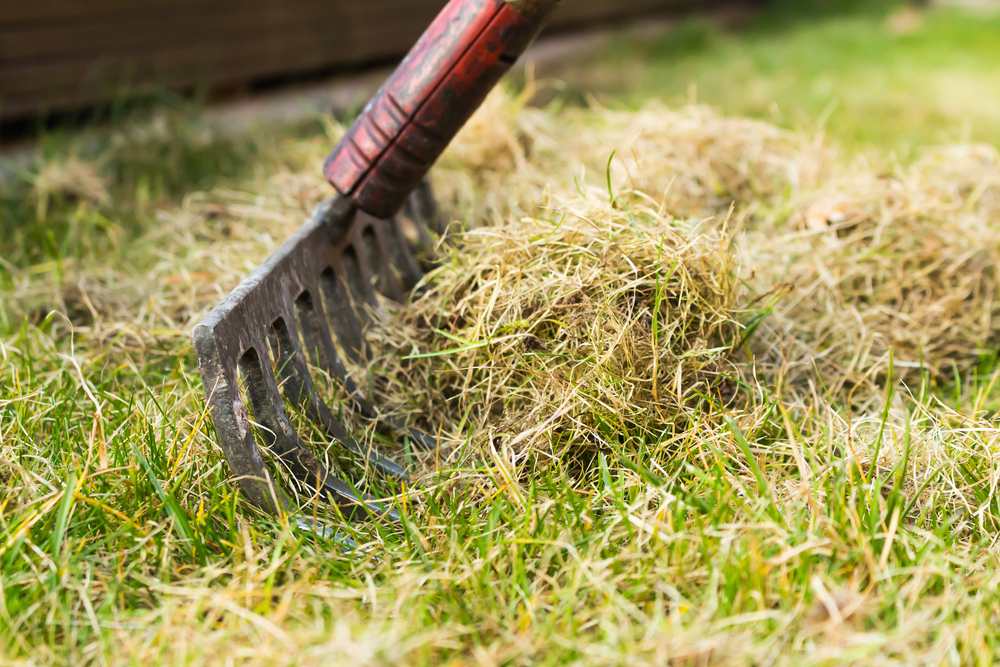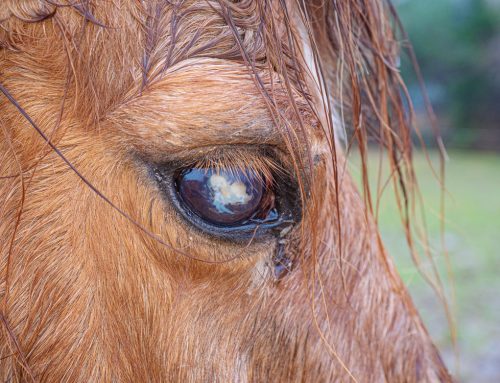If you own camelids, you should be aware of health problems they may experience to ensure they receive appropriate care. Our Leatherstocking Veterinary Services team provides information about common camelid health problems and explains how we address these conditions.
Heat stress in camelids
Llamas and alpacas evolved in the South American Andes’ high altitudes and are not naturally adapted to prolonged or extreme heat and humidity, which makes them particularly susceptible to heat stress. Camelids at increased risk include those with long, shaggy, poorly groomed coats, late-term pregnant females, older animals, and crias. Other important information about heat stress includes:
- Signs — Initial signs are typically subtle and include panting, depression, decreased appetite, and increased heart and respiration rates. As heat stress progresses, more obvious signs, such as lower lip drooping, excessive salivation, facial paralysis, scrotal swelling in intact males, weakness, and difficulty breathing, may be apparent. In severe cases, affected camelids may be unable to stand, develop chest and limb edema, or start to convulse.
- Treatment — Beginning cooling as soon as possible is most important for treating a heat-stressed camelid. Move them into the shade and hose them down with lukewarm water, ensuring their coat is fully saturated through to the skin. Shearing the chest and blanket area can also help expedite cooling. Recumbent camelids may need veterinary care, which may involve intravenous (IV) fluid therapy, vitamin B supplementation, and potentially, a broad-spectrum antibiotic.
- Prevention — When the weather forecast is heat and humidity, steps to prevent heat stress include:
- Providing plenty of fresh, clean water, strategically placed in shaded areas.
- Clipping or shearing one to three inches of fiber from the camelids’ total body prior to a significant heat period. If shearing is not possible due to sale or the show, keep the fiber clean and well-groomed, and consider shearing the ventral abdomen and neck.
- Providing adequate shade where you can ensure your herd will not be overcrowded.
- Placing sprinklers to spray the camelids’ abdomen or provide kiddy pools they can wade in.
- Feeding a well balanced diet with adequate selenium and less than 7% protein.
- Modifying your husbandry practices and limiting handling during hot, humid weather.
Hepatic lipidosis in camelids
Hepatic lipidosis is increasingly recognized as causing illness and death in alpacas and llamas and is the most common liver disease in camelids. The condition causes fat to infiltrate the liver tissue and is associated with inadequate energy intake leading to body fat mobilization. Stress places camelids at increased hepatic lipidosis risk, with pregnant and lactating females particularly susceptible. Other important information about hepatic lipidosis includes:
- Signs — Clinical signs are non-specific and include chronic weight loss, dullness, and refusal to eat.
- Treatment — Treatment is mostly supportive, and involves encouraging the affected animal to eat and achieve a positive energy balance. IV fluids are often necessary, and other treatments, such as proton pump inhibitors, analgesia medications, and vitamin B supplementation, may also be needed. Some cases require liquid food administered through a feeding tube.
- Prevention — Ensure adequate energy and protein intake, especially in pregnant and lactating females. Have your forage tested to ensure you are feeding a good quality product, and provide appropriate supplementation. In addition, body condition score your camelids to ensure they are in appropriate condition.
Gastric ulcers in camelids
Gastric (i.e., stomach) ulcers in camelids often cause illness, and in some cases, death. The exact cause is unknown, but stress is likely a predisposing factor. Sick and hospitalized animals are often affected. Other important information about gastric ulcers includes:
- Signs — Signs include teeth grinding, excessive salivation, refusal to eat, regurgitation, recumbency, and black stools. If the ulcer perforates through the stomach wall, infection occurs, and the animal dies pretty quickly.
- Treatment — Oral omeprazole, which works well in other species to treat gastric ulcers, is not effective in camelids, because bacteria in the first rumen compartment degrade the medication before reaching the third compartment, where the ulcer likely is located. However, IV omeprazole seems to work well, and IV fluids and prophylactic antibiotics may also be necessary.
- Prevention — Preventing gastric ulcers involves reducing stress and feeding an appropriate diet. Never isolate a camelid, because they are herd animals and get stressed without their herd mates. In addition, avoid overcrowding, and delay weaning a cria if they have a health problem. Feed high quality hay and limit grains.
Coccidiosis in camelids

Coccidia are microscopic one-celled organisms that live and reproduce in the intestinal tract lining. These parasites are transmitted through contact with infected fecal matter and can cause mild to severe disease in camelids. Camelids at increased risk are those who are young, stressed, fed an inadequate diet, or have a weakened immune system. Other important information about coccidiosis includes:
- Signs — Signs include weight loss, lethargy, and diarrhea.
- Treatment — An anti-parasitic, and in some cases a combination anti-parasitic and antibiotic, are used to treat coccidiosis. If diarrhea has led to dehydration, IV fluids may be necessary.
- Prevention — Good hygiene is necessary to prevent coccidiosis. Tips include:
- Clean up fecal pellets regularly.
- Rake pens and remove soiled or wet bedding daily.
- Place gravel or other material to help prevent moisture in your pastures and pens.
- Use feeders and water tanks designed to keep animals out, so they can’t contaminate them with fecal matter.
If your camelid is experiencing a health complication, contact our Leatherstocking Veterinary Services team, so we can provide the care they need.







Leave A Comment